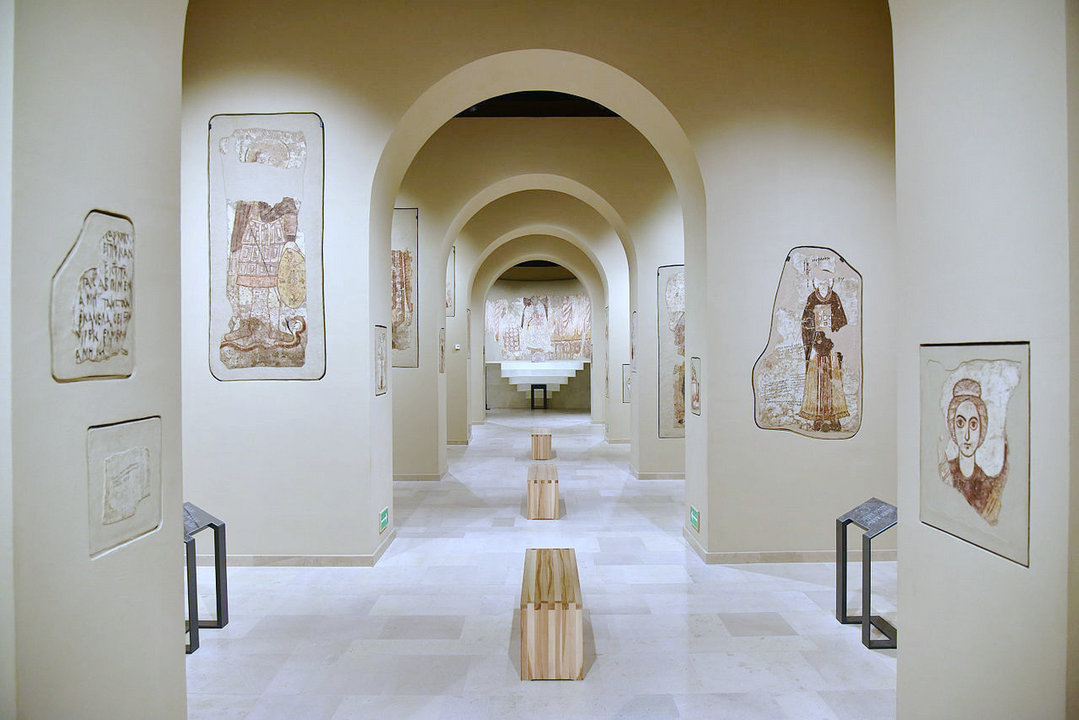National Museum Warsaw, Poland


The National Museum in Warsaw, popularly abbreviated as MNW, is a national museum in Warsaw, one of the largest museums in Poland and the largest in the capital. It comprises a rich collection of ancient art (Egyptian, Greek, Roman), counting about 11,000 pieces, an extensive gallery of Polish painting since the 16th century and a collection of foreign painting (Italian, French, Flemish, Dutch, German and Russian) including some paintings from Adolf Hitler’s private collection, ceded to the Museum by the American authorities in post-war Germany. The museum is also home to numismatic collections, a gallery of applied arts and a department of oriental art, with the largest collection of Chinese art in Poland, comprising some 5,000 objects.
The Museum boasts the Faras Gallery with Europe’s largest collection of Nubian Christian art and the Gallery of Medieval Art with artefacts from all regions historically associated with Poland, supplemented by selected works created in other regions of Europe.
From medieval African masters to Botticelli, Rembrandt and Picasso, from Egyptian mummies to the most important examples of Polish design, from sacral art to Natalia LL’s feminist Consumer Art… The National Museum in Warsaw is much more than just masterpieces known from school textbooks, although Jan Matejko’s The Battle of Grunwald, Józef Chełmoński’s Storks or Strange Garden by Józef Mehoffer occupy an important place in the collection, which today boasts over 830 thousand works.
The most important of them – representing not just painting or sculpture, but also photography and new media art – are presented in the modernist building located in the centre of Warsaw as well as online, on the Digital NMW website.
The Museum has four branches: the Poster Museum at Wilanów, the Xawery Dunikowski Museum of Sculpture at the Królikarnia Palace (Warsaw), the Museum of Interiors in Otwock Wielki and the Radziwiłł Palace in Nieborów and Romantic Park in Arkadia. They are located in splendid mansions surrounded by picturesque parks.
Since 2012 – the year marking the 150th anniversary of the NMW – subsequent permanent galleries are being thoroughly rearranged in order to present the most valuable works in a modern and friendly setting.
The refurbished Prof. Kazimierz Michałowski’s Faras Gallery was honoured with a number of awards, such as the Grand Prix of the Sybilla 2014 competition for the museum event of the year. The Faras Gallery is the only European exhibition of early Christian Nubian painting.
In it, treasures of a civilization that blossomed over 1500 years ago are accompanied by multimedia exhibits, including a 3D film projection.
The Gallery of Medieval Art offers the most diverse showcase of the artistic heritage of this era in Poland.
The Gallery of 19th Century Art presents flagship works by Polish artists in the context of their European counterparts. The Gallery of 20th and 21st Century Art is the only Warsaw-based display of the artistic output of the last century of that magnitude and calibre.
Collections of the National Museum in Warsaw comprise about 830,000 exhibits of Polish and foreign art, from antiquity to the present, and include paintings, sculptures, drawings, engravings, photographs and coins as well as objects of applied art and design.
The Collection of Ancient and East Christian Art numbers some 24,000 exhibits, being the largest and most important of its kind in Poland. The collection of frescoes from the Christian cathedral in Faras (ancient Pachoras in today’s Sudan) and a collection of painted Greek vases are among the most important.
The new permanent galleries are going to showcase European and Old Polish craft, painting and sculpture (Gallery of Old Art), masterpieces of antiquity (the newly refurbished Gallery of Ancient Art) and the icons of Polish design (Gallery of Design).